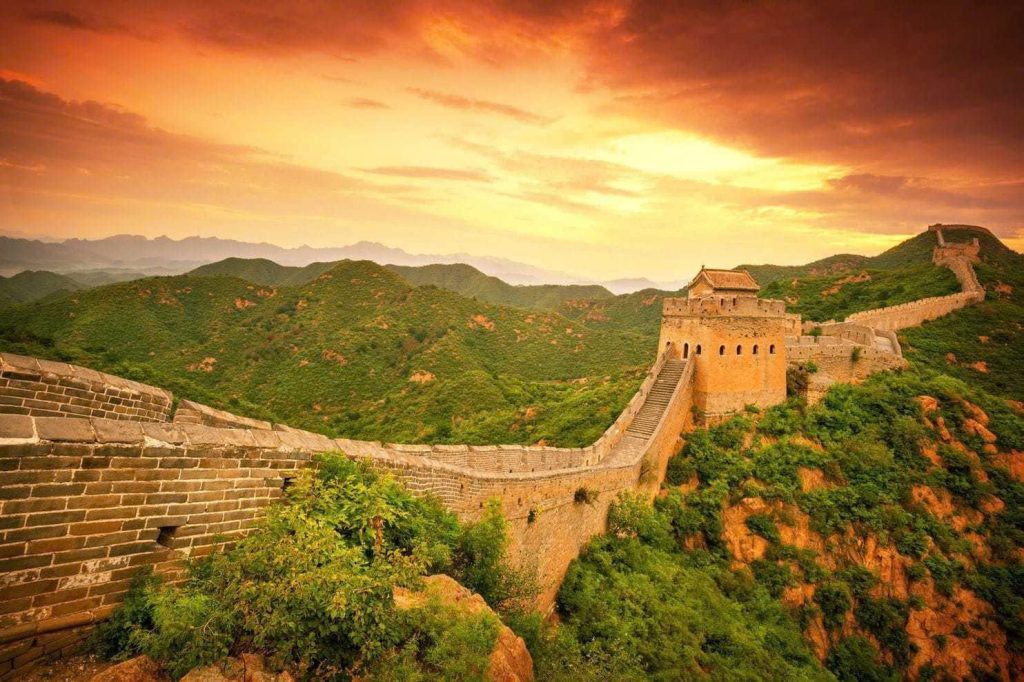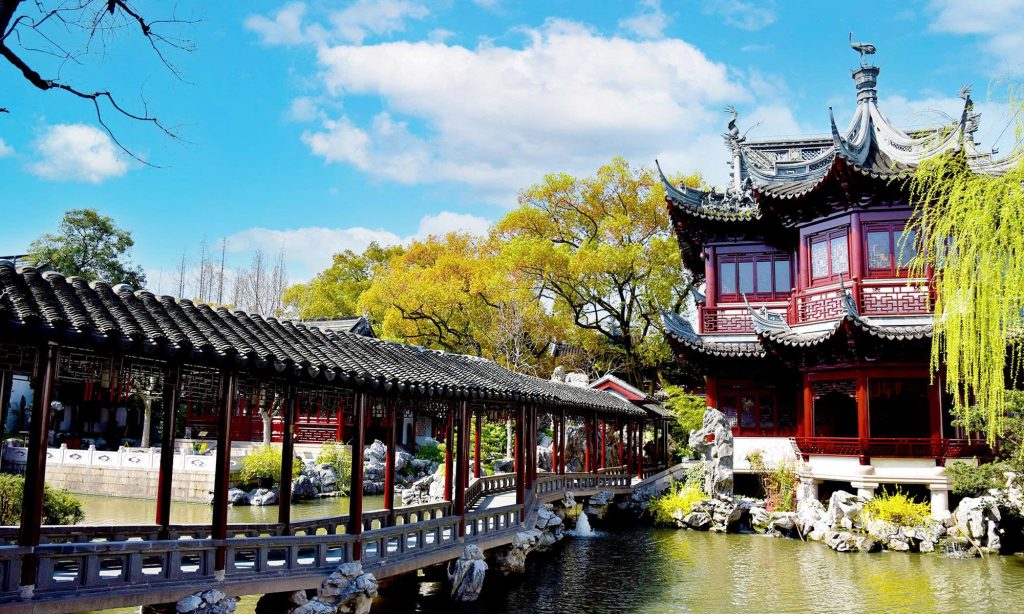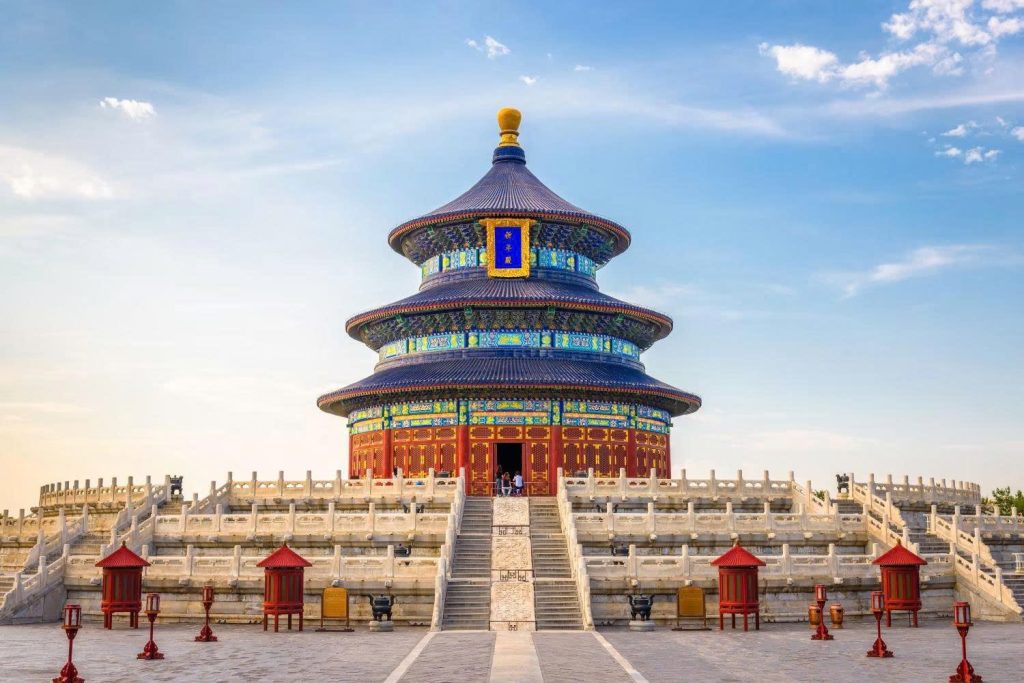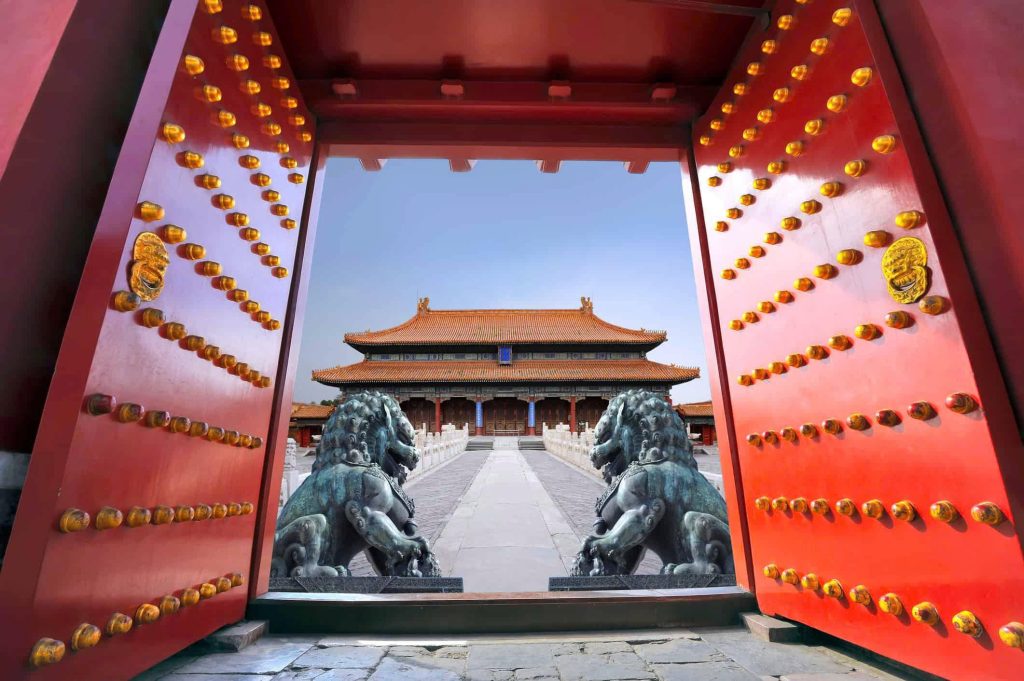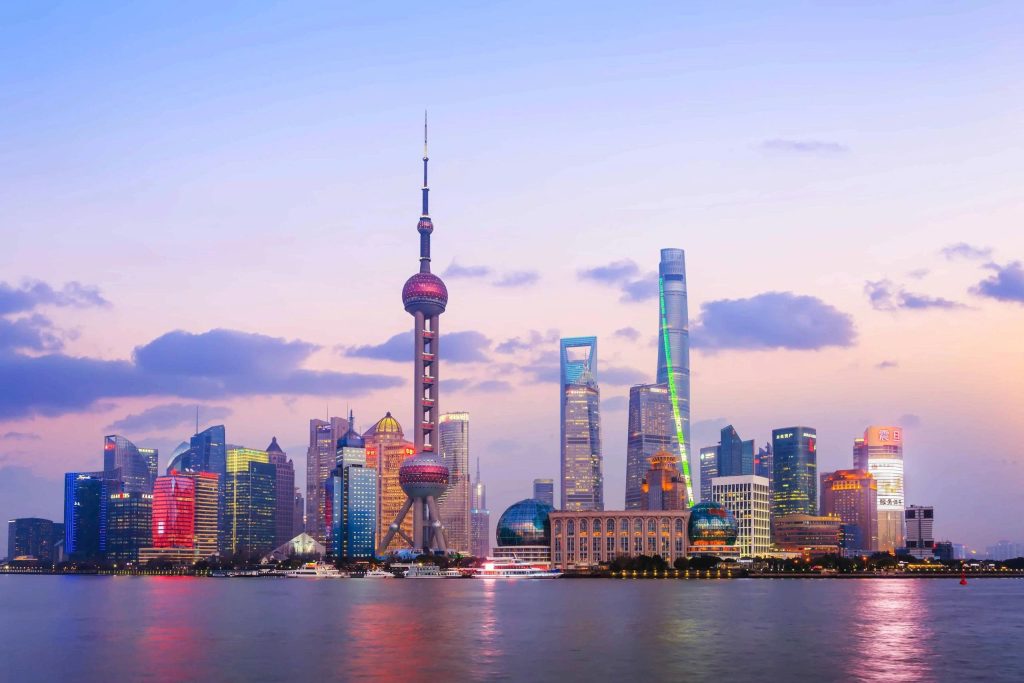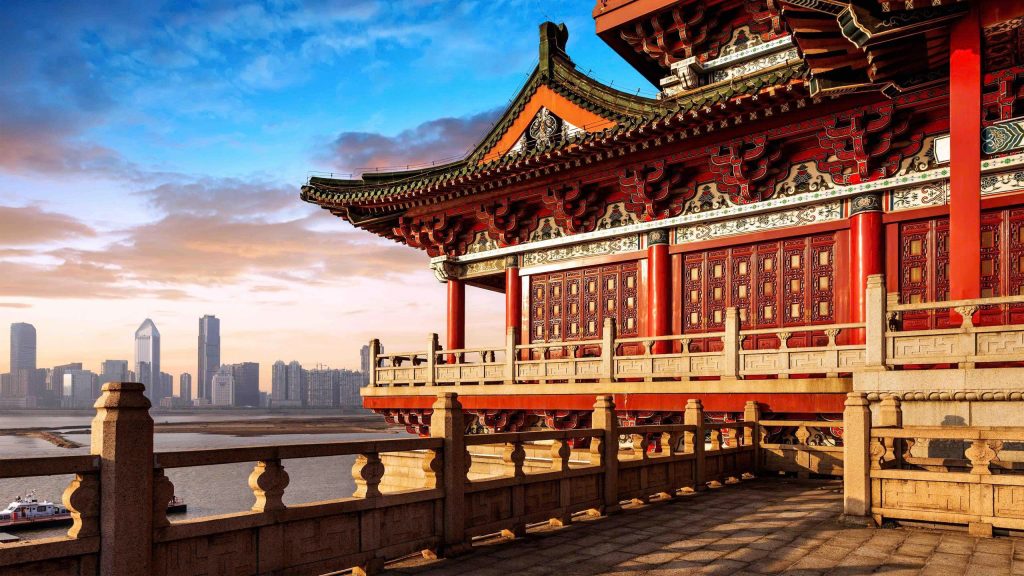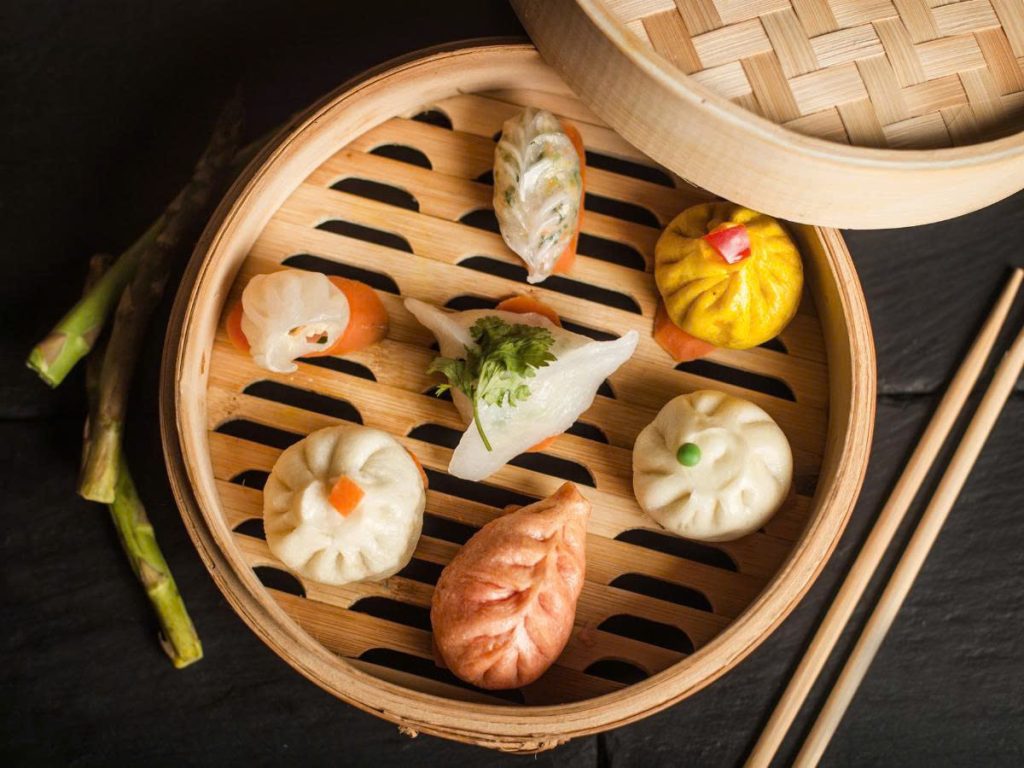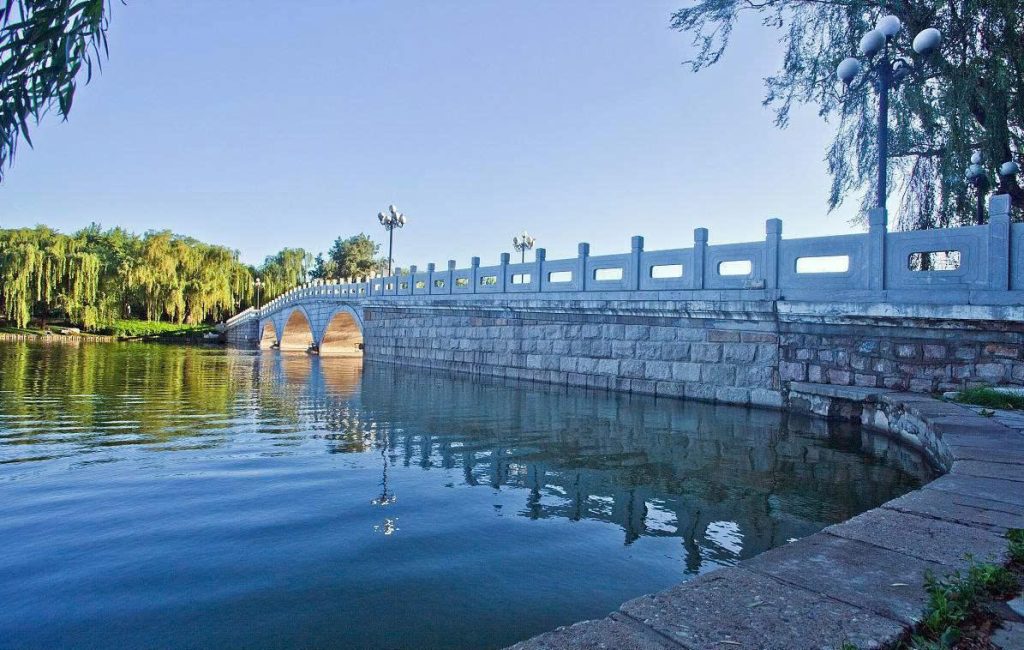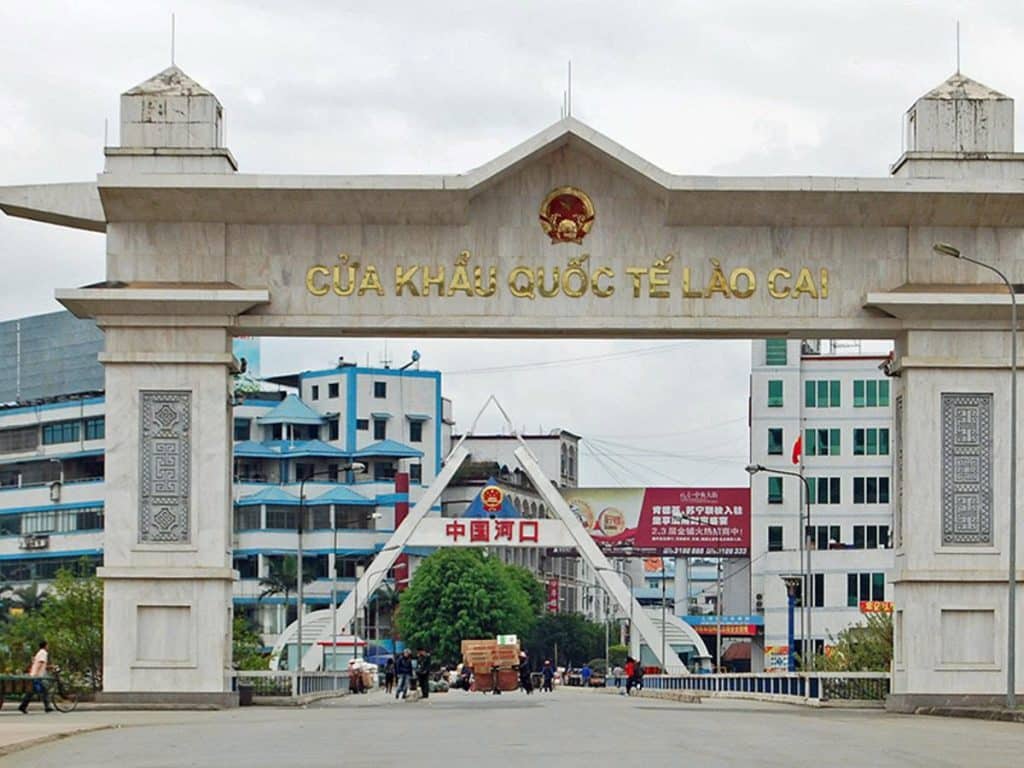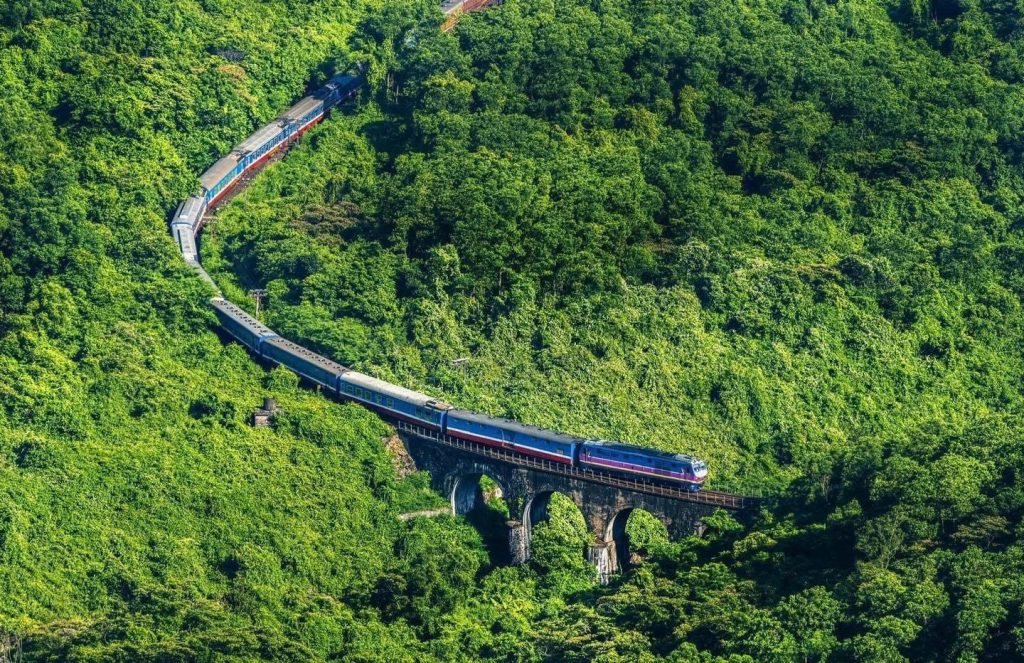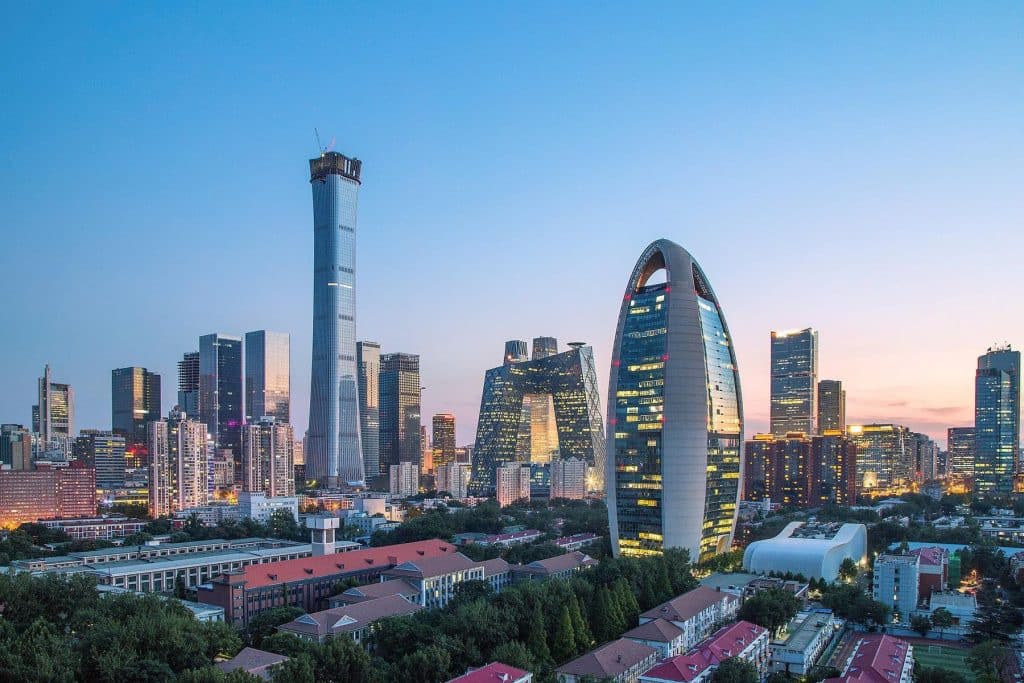China Travel Guide promises not merely a destination, but an immersion into a civilization spanning five millennia, a land where the echoes of ancient empires harmonize with the pulsating rhythm of hyper-modernity. Where else can you wander through the ancient courtyards of the Forbidden City one day, and by evening, gaze up at the dizzying, futuristic architecture of Shanghai’s Pudong District—home to the towering Shanghai Tower?
If you have selected 2026 for your journey, you’ve chosen a pivotal moment for international travel to the Middle Kingdom. The days of complicated, ambiguous entry rules are steadily receding. The Chinese government has actively welcomed global tourism through significantly expanded unilateral visa-free policies, and—crucially for international travelers—the technological infrastructure has evolved to finally make mobile payment systems accessible for foreign visitors.
1. China Visa Requirements 2026

Explore China’s stunning landscapes on a relaxing Yangtze River cruise.
The visa process is historically the biggest source of anxiety for travelers. Fortunately, recent policy shifts demonstrate a clear commitment from the Chinese Ministry of Foreign Affairs (MFA) to simplify tourism. Nevertheless, even with simplification, strict compliance with the letter of the law is mandatory.
The Expansive Unilateral Visa-Free Policy
The most significant change for travelers in 2025 is the sweeping implementation and likely extension of the unilateral visa-free entry. Citizens from many major travel markets—including nations in the EU like France, Germany, Italy, Spain, and the Netherlands, as well as other key countries like Malaysia, Australia, and New Zealand—are granted visa-free entry for tourism, business, or family visits lasting up to 30 consecutive days.
This policy is explicitly aimed at boosting tourism and simplifying the arrival process for these nationalities, eliminating the expense and hassle of the traditional application process entirely.
- Actionable Tip: Confirmation is Key: Even if your country is listed, you must meticulously confirm the current policy status on the official Chinese Embassy or MFA website immediately before booking. Policies are often extended but always have a defined expiration date (e.g., December 31, 2025) and are subject to short-notice alteration.
The 144-Hour Visa-Free Transit (VFT)

If your trip involves a layover or short stopover, the VFT program allows citizens of 53 countries to transit through specific major city clusters for up to 144 hours (six days) without a formal L-Visa, provided you meet these three strict criteria:
- Third Country Rule: You must have a confirmed onward flight or ship ticket to a third country or region (e.g., London Shanghai Bangkok is valid; London Shanghai London is not). The transit is strictly limited to the designated VFT area.
- Designated Ports: You must enter and exit through one of the designated ports of entry (e.g., the airports of Beijing Capital International Airport (PEK), Shanghai Pudong (PVG), Guangzhou Baiyun (CAN), or Chengdu Shuangliu (CTU)).
- Required Documents at Border: You must present a valid passport (minimum 6 months validity), a completed arrival/departure card, and your confirmed onward ticket.
Visa-Required Nationalities: The L-Visa (Tourist Visa)
If your country is not on the visa-free list (such as the United States, which generally requires a visa despite recent policy flexibility) or if your planned stay exceeds the relevant visa-free period, you are required to apply for the standard L-Visa (Tourist Visa).
A Step-by-Step Guide to Applying for the L-Visa
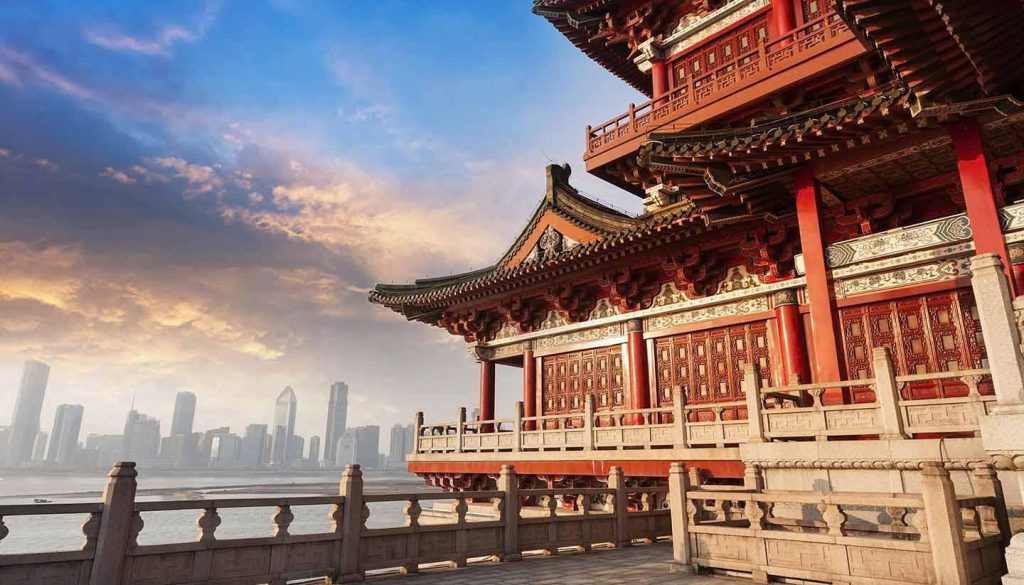
The L-Visa process is highly structured, multi-staged, and must be completed accurately. Errors will result in immediate rejection, restarting the entire process.
The COVA Online Application (中国签证在线填表) and Documentation Checklist
The mandatory first step is completing the detailed China Online Visa Application (COVA) form. Be prepared to spend up to an hour meticulously filling out every section; be accurate about employment, educational history, and previous travel to China.
Required documents for the in-person appointment at the China Visa Application Service Center (CVASC):
- Passport: Original, valid for at least six months beyond your intended date of entry, with at least two blank visa pages.
- COVA Confirmation Page: The printed, signed, and dated confirmation page from your online application.
- Photo: A recently taken (within 6 months) color photo meeting official biometric standards (white background, no hat, no jewelry).
- Proof of Itinerary (The VITAL Step): You must provide confirmed round-trip air tickets and hotel reservations or a formal Invitation Letter (from a Chinese entity or resident) covering the entire duration of your stay. This is rigorously checked for consistency.
- Proof of Legal Status: If applying outside your country of citizenship, you need documented proof of residency or legal status in the country where you are applying.
Visa Application Costs and Processing

- Processing Time: The CVASC standard service typically takes 4 business days. Expedited service (2-3 days) and Urgent service (1 day) are available for a significant premium. Always plan to submit your application 1-2 months before departure, allowing a full month of buffer time.
- Cost Breakdown (Estimate 2025): The total cost includes two components:
-
- Visa Fee (Reciprocity-Based): This varies dramatically (e.g., US citizens pay around $140 USD due to bilateral agreements; Canadian citizens often pay less).
- CVASC Service Fee: An administrative charge levied by the application center (usually around $30–$45 USD).
The Mandatory Biometrics Appointment
For nearly all first-time L-Visa applicants, an in-person biometrics appointment is mandatory to submit fingerprints. You must book this slot via the CVASC website after completing the COVA form. This cannot be skipped and requires you to travel to the nearest application center.
Essential Post-Arrival Requirement: Police Registration (PSB)
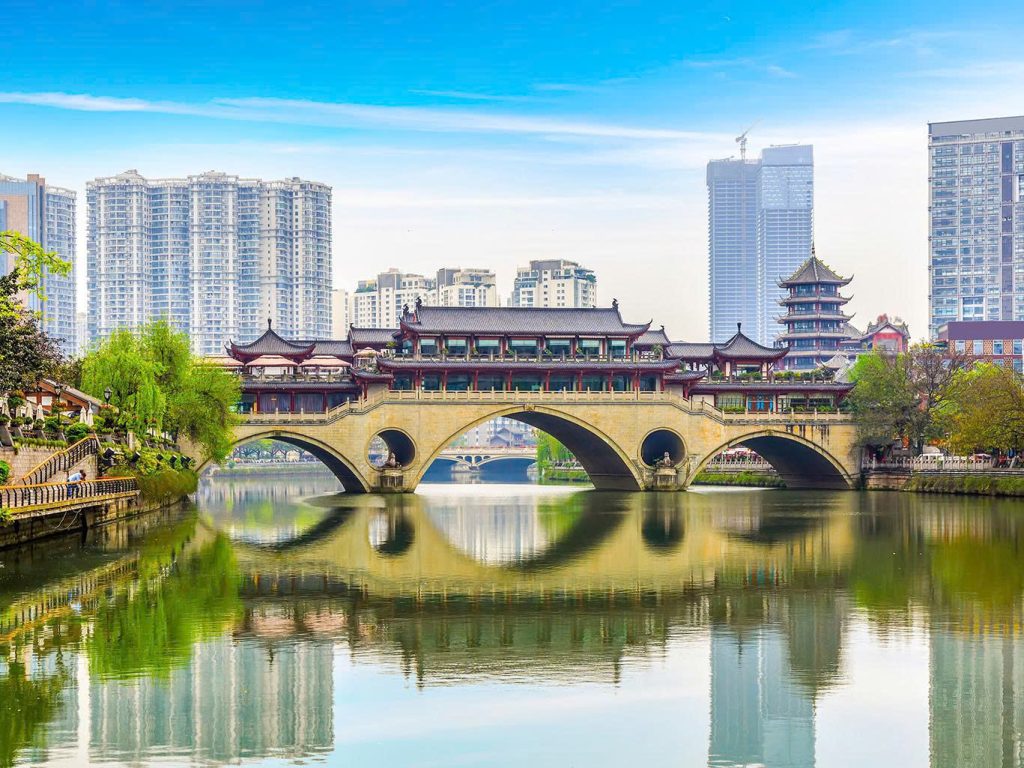
Upon entering the mainland, all foreigners are legally required to register their stay with the local Public Security Bureau (PSB) within 24 hours of arrival. This is a non-negotiable law.
- Hotel Stays (Easy): If you stay at any licensed hotel or hostel, they handle this registration process digitally and automatically using your passport. You receive a printout as proof.
- Independent Accommodation (Your Responsibility): If you choose an apartment rental (e.g., via Airbnb) or stay with friends/family, you are personally responsible. You must physically go to the nearest local police station (PSB) with your passport, visa, and rental contract (or a letter from your host). Failure to register carries the risk of a fine of up to CNY 2,000 (approx. $280 USD) or even temporary detention.
2. Budgeting Your China Trip: Costs 2026
China offers exceptional value, but its vastness means costs vary significantly between Tier 1 global hubs like Shanghai and Beijing and mid-tier cities like Chengdu or Xi’an. Accurate budgeting requires detailed numerical data, broken down by region and category.
Daily Travel Budget Breakdown

This table reflects realistic costs for a traveling individual or couple in 2025/2026, excluding international airfare and long-haul transportation.
| Category | Budget Traveler (CNY 300–500) | Mid-Range Traveler (CNY 700–1,200) | Luxury Traveler (CNY 1,800+) |
| Accommodation | CNY 150–250 (Hostel bed/Basic hotel outside city center) | CNY 350–550 (Comfortable 3-star hotel/Boutique AirBnB) | CNY 800+ (4/5-star international brand hotel) |
| Food & Drink | CNY 70–150 (Street food, canteen meals, water) | CNY 180–300 (Mid-range restaurants, occasional Western meal) | CNY 400+ (Fine dining, wine, Western imports) |
| Local Transport | CNY 20–50 (Subway, bus, occasional Didi/Taxi) | CNY 50–150 (Frequent Didi rides, Metro passes) | CNY 200+ (Private transfers, chauffeur services) |
| Activities/Fees | CNY 50–100 (Parks, local temples, free sites) | CNY 150–300 (Major attractions, short-day tours) | CNY 400+ (Specialized tours, high-end entertainment) |
| Daily Total (Estimate) | $65 – $110 USD | $140 – $250 USD | $380+ USD |
Transportation Costs: The High-Speed Rail Marvel
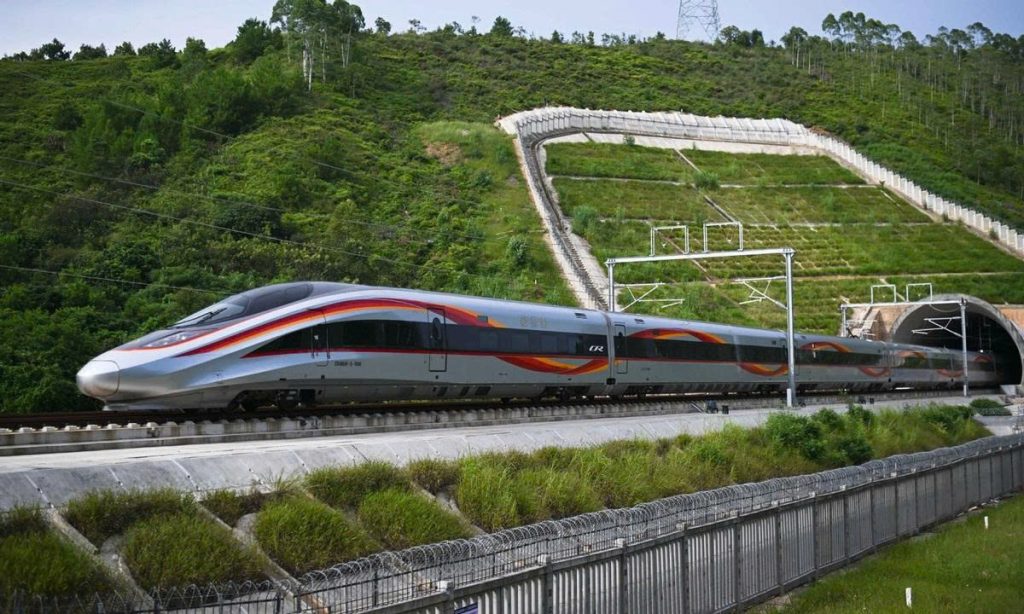
China’s High-Speed Rail (HSR) network is the most efficient and defining way to travel long distances. It is fast, reliable, and generally punctual. Booking well in advance is highly recommended, especially around major holidays like Golden Week or Chinese New Year.
| Route (Example) | Duration | Approximate Cost (2nd Class) | Entity Tip |
| Beijing to Shanghai | – hours | CNY 550 – 670 ($75–$95 USD) | Look for the G-Series trains (fastest). |
| Shanghai to Xi’an | – hours | CNY 520 – 620 ($70–$85 USD) | Use the Trip.com app for easy international booking. |
| Local Subway | Day Pass/Reloadable Card | CNY 15 – 30 ( USD) | Purchase a rechargeable transit card upon arrival for cities like Beijing and Shanghai. |
Major Attraction Entry Fees
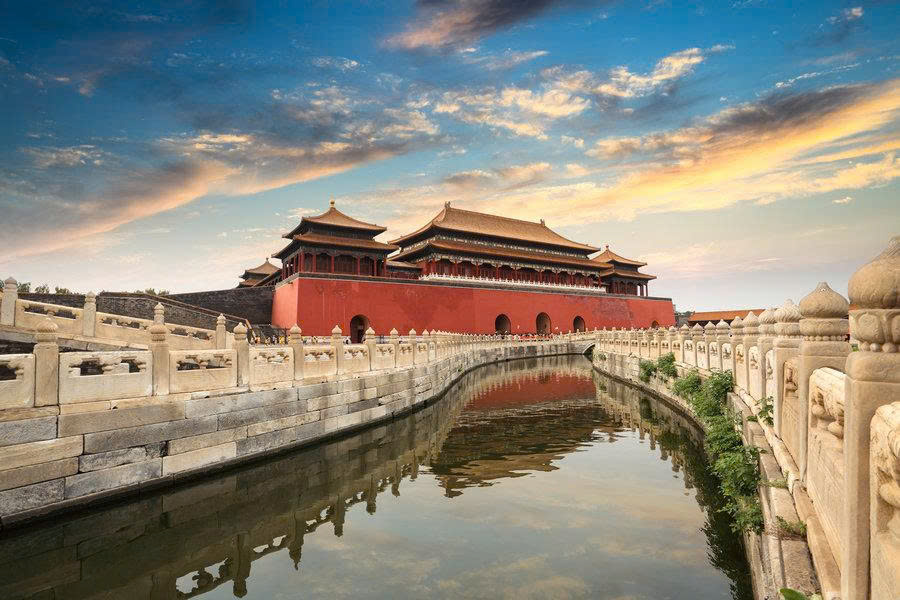
Always check official websites for the final price and booking requirements, as many require advance online ticket purchases, often linked to your passport and local mobile payment.
| Attraction | City | Approximate Fee (CNY) | Essential Tip |
| The Forbidden City | Beijing | CNY 60 (peak season) | Must book tickets online 7 days in advance via the official WeChat Mini-Program (requires VPN/local help). |
| Terracotta Army | Xi’an | CNY 120 | Budget for the required shuttle bus from the city’s train station. |
| Great Wall (Mutianyu) | Beijing | CNY 40 (entry) + CNY 100 (cable car/toboggan) | Go early on a weekday to avoid the massive crowds. |
| Giant Panda Research Base | Chengdu | CNY 58 | Go first thing in the morning when the pandas are most active. |
RELATED: Best Time to Visit China: Weather, Festival, and Travel Seasons
3. Mastering China: Essential Technology and Cultural Tips
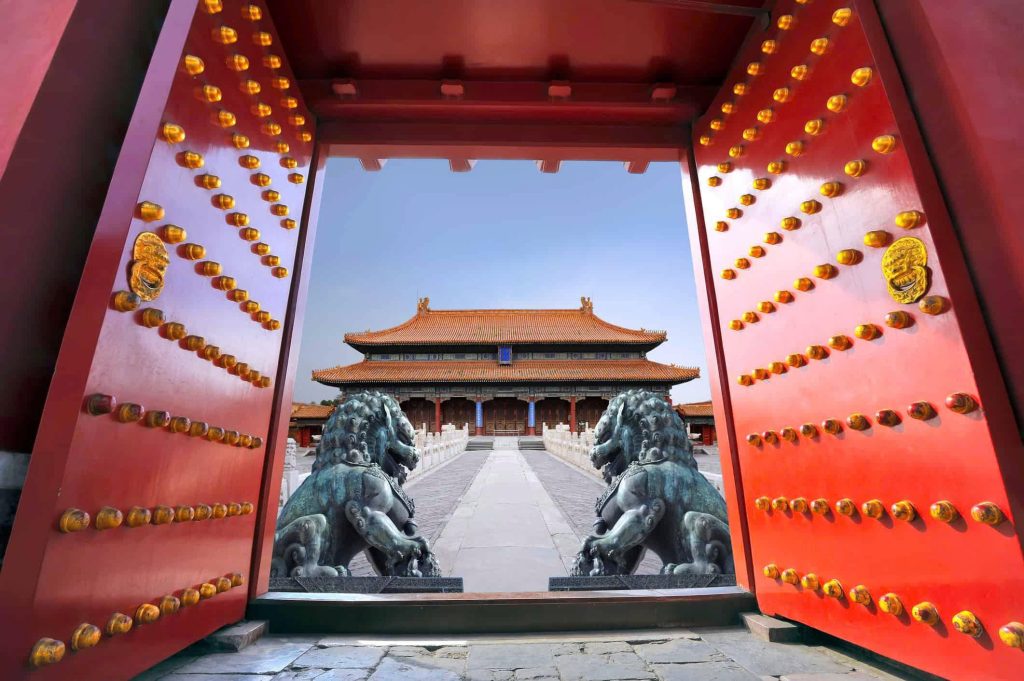
Explore the Temple of Heaven a stunning masterpiece of Ming architecture.
The single largest friction point for foreign travelers in 2025 is technology. Successfully navigating China requires you to solve the two biggest digital hurdles: payment and internet access.
Payment and Currency: The Cashless Imperative
China is functionally a cashless society. Mobile payment is not a convenience; it is a necessity. Without it, you cannot easily hail a taxi, buy water from a convenience store, or pay for food at a local eatery.
The Mobile Payment Solution: Alipay and WeChat Pay
The good news is that both major payment platforms—Alipay and WeChat Pay—have successfully updated their systems to accept international credit cards, finally breaking the ‘cash-only for foreigners’ barrier.
The Definitive Step-by-Step Guide for Alipay:
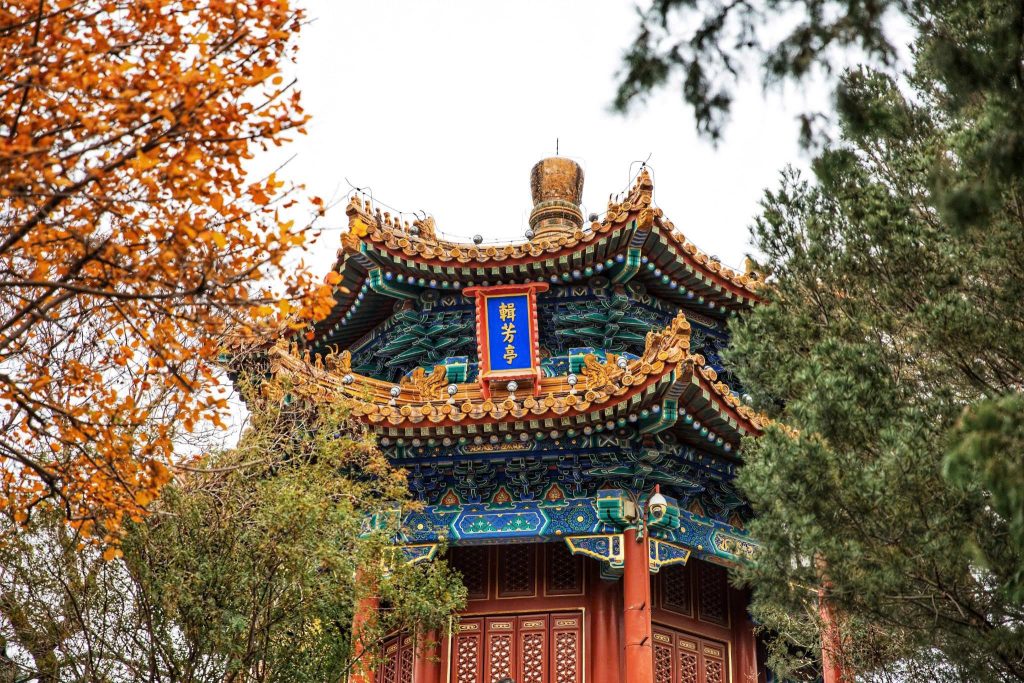
Hike Jingshan Park the best place to photograph Beijing’s heart.
The Summer Palace offers beautiful landscapes and traditional architecture.
- Download and Register: Download the Alipay app (developed by Ant Group) onto your phone.
- Verify Identity: Complete the real-name authentication process by submitting a photo of your passport. This is a mandatory security step.
- Link Your Card: Navigate to the “TourPass” or “International Card” service (which may be an automated prompt now). Link your foreign Visa or Mastercard to the app. This creates a virtual CNY balance or links directly for seamless transactions.
- Transaction Ready: Alipay handles the currency conversion and payment authorization. You can then use the app to scan the ubiquitous QR codes found everywhere—from street food carts to department stores.
- E-E-A-T Tip: While WeChat Pay also works, Alipay generally offers a smoother experience and higher acceptance rate for directly linked foreign cards, especially at smaller, local establishments. Do this step-by-step before you leave your home country.
Cash, Credit Cards, and Tipping
- Cash: Carry only a small emergency amount, around CNY 500–1000 ($70–$140 USD) in small denominations (CNY 50 or 100).
- Credit Cards: Foreign cards are accepted reliably only at international luxury hotels and flagship international stores. Do not count on them elsewhere.
- Tipping: Tipping is not customary in mainland China and is generally discouraged or even considered inappropriate. Do not attempt to tip taxi drivers or restaurant staff.
Connectivity and the Great Firewall
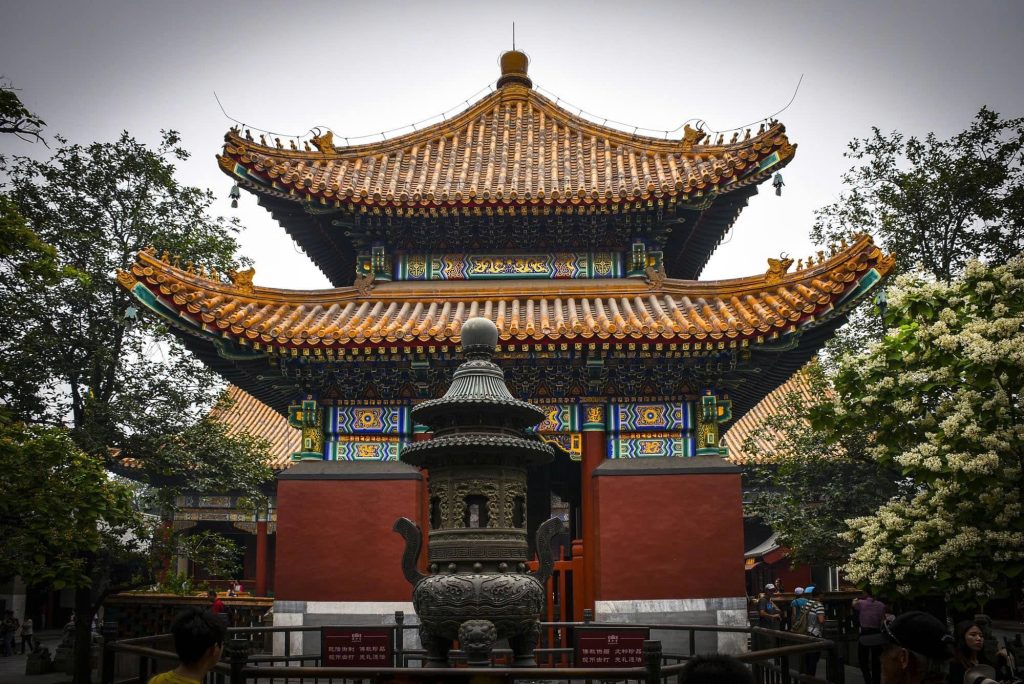
The Lama Temple a peaceful place to admire intricate religious art.
The Great Firewall (GFW) is a sophisticated government-controlled internet filter that actively blocks many Western services. The biggest casualties for travelers include the inability to access Google, Gmail, YouTube, Facebook, Instagram, Twitter, and WhatsApp, which are crucial for communication and navigation.
The VPN Solution: A Non-Negotiable Tool
To maintain access to the global internet, you must use a Virtual Private Network (VPN) subscription that is already installed and set up on your devices before arriving in China.
- Expert Recommendation: A reliable, paid VPN service is essential. Free VPNs are consistently and quickly blocked. Top choices include ExpressVPN, NordVPN, or Astrill VPN. These services invest heavily in bypassing the GFW’s advanced filtering methods.
- Final Warning: The official websites for these VPN services are blocked in China. If you wait until you land, you will not be able to download the software.
Local Connectivity Options
- Local SIM Card: Purchase a SIM from China Mobile or China Unicom at the airport. This provides excellent 4G/5G data speeds but does not bypass the GFW. You must use your installed VPN with the local SIM data.
- eSIM/Roaming: Some international carriers offer roaming packages that include VPN functionality, simplifying the process, though these are often the most expensive option.
Cultural and Communication Tips

Cycle through the Hutongs discover traditional courtyard homes.
- Language Barrier: While English is spoken at major international hotels and airports, it is rare elsewhere. Download the Papago (often highly accurate for Asian languages) or Google Translate app and download the Mandarin offline language pack. This allows you to communicate basic requests via text and photo translation even without a stable VPN connection.
- Carry ID: You must carry your physical passport at all times. It is required for police checks, train station entry (even for domestic travel), and major tourist sites.
- Crowds and Queues: China’s population density means popular sites are always crowded. Practice patience and avoid major national holidays (Golden Week in October and Chinese New Year) if possible.
4. Where to Go: Recommended China Itineraries 2026
China’s sheer size necessitates a strategic itinerary. We recommend focusing on regional clusters linked by the efficient HSR system.
RELATED: Yangtze River Cruise Experience Guide: Journey China’s heart
The Classic 10-Day Trio (History, Culture, and Future)
This itinerary is designed for maximum impact and utilizes the efficient HSR system to link the major highlights.
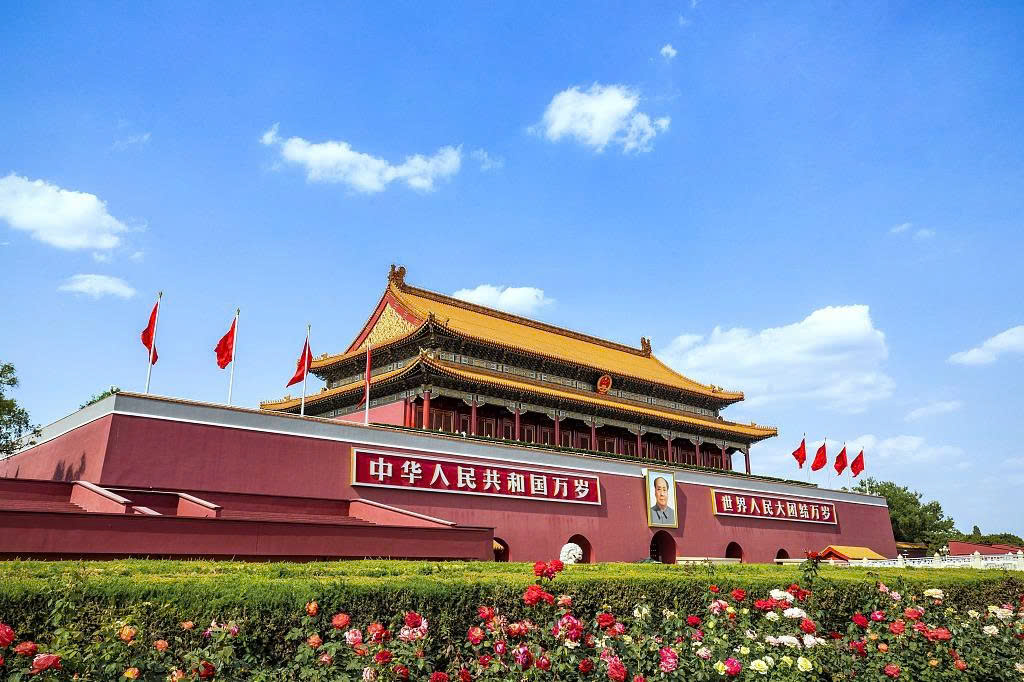
- Days 1–3: Beijing – The Imperial Capital: Explore the core political and historical entities: the Forbidden City and Tiananmen Square. Allocate a full day to visiting the Great Wall (Mutianyu section is recommended for better views and fewer crowds). Experience authentic Peking Duck, a key culinary entity.
- Days 4–6: Xi’an – The Ancient Heart: Travel by HSR to the ancient capital. Dedicate a morning to the awe-inspiring Terracotta Army of Emperor Qin Shi Huang. Cycle the remarkably preserved City Wall in the evening and explore the bustling Muslim Quarter for street food.
- Days 7–10: Shanghai – Future & Flair: Fly or take the HSR to China’s most cosmopolitan city. Walk The Bund for iconic views, explore the European charm of the French Concession, and ride the Maglev Train for a high-speed technological spectacle.
RELATED: 20 Things to Do in Beijing: Ultimate Guide to History and Culture
Natural Wonders and Specialized Regions
For travelers seeking natural beauty and unique regional culture:
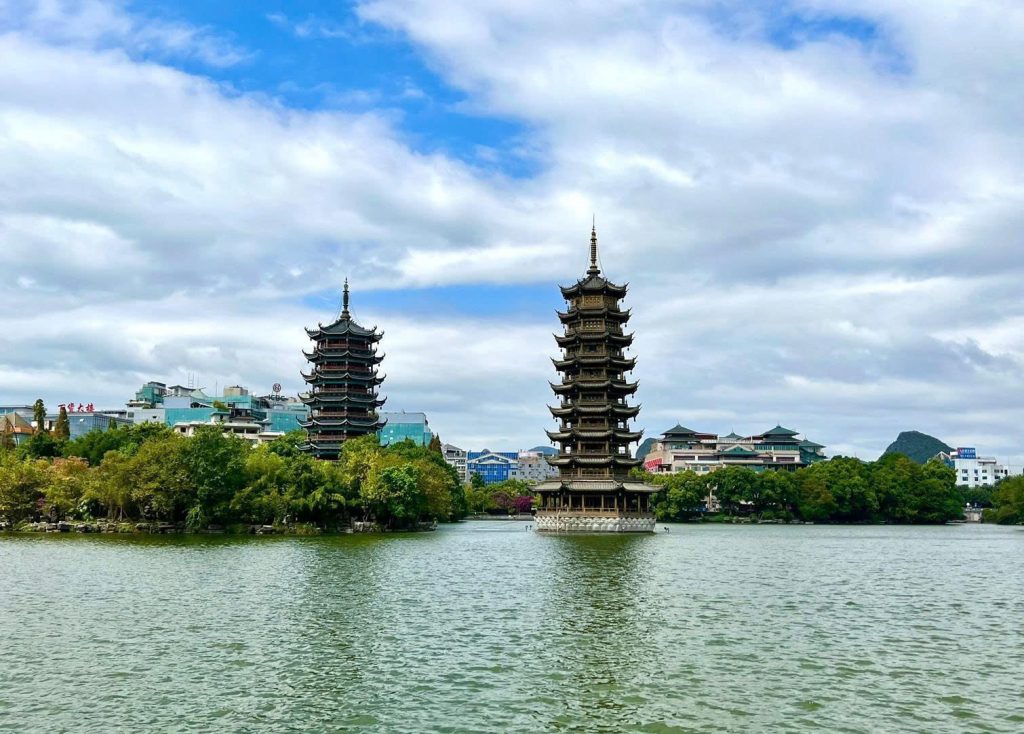
- Chengdu (The West): Home of the Giant Panda Breeding Research Base. This is the epicenter of Sichuan Cuisine—a must for foodies seeking the authentic málà (numbing and spicy) experience.
- Guilin/Yangshuo (The South): Famous for its otherworldly Karst Mountains and the tranquil Li River. Ideal for cycling and bamboo rafting.
- The Silk Road (The Northwest): A more adventurous, longer trip visiting Dunhuang’s Mogao Grottoes and historical sites in Gansu and Xinjiang.
RELATED: Top 5 Cities to Visit in China for First-Timers
5. What to Eat in China
China offers one of the world’s most diverse and exciting culinary landscapes, often categorized into the “Eight Great Cuisines” (Lu, Chuan, Yue, Su, Min, Zhe, Xiang, Hui). Navigating this gastronomic world is a trip in itself. Forget generic “Chinese Food”; prepare for regional specialization, intense flavors, and unique dining experiences.
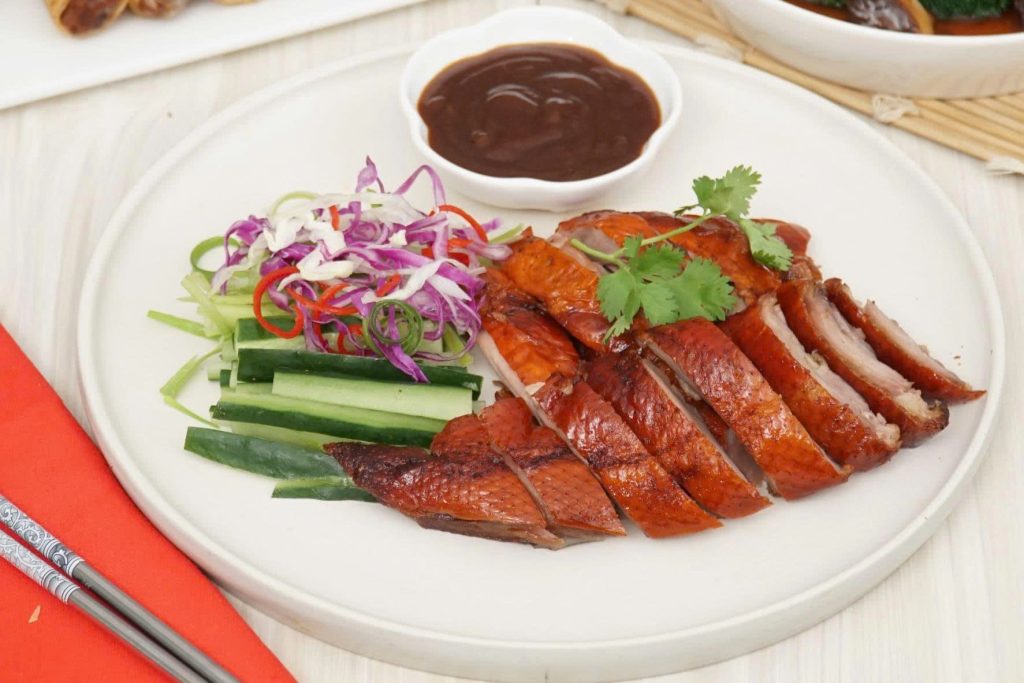
Taste authentic Peking Duck crispy skin perfectly carved meat a must try.
Northern Cuisine (Wheat and Bold Flavors)
- Peking Duck (Běijīng Kǎoyā): Crisp roasted duck skin served with thin pancakes and sauce. (Beijing)
- Jiaozi (Dumplings): Versatile comfort food, served boiled (shuǐ jiǎo) or pan-fried (guōtiē).
- Zhá Jiàng Miàn: Thick wheat noodles topped with savory fermented soybean paste and diced pork.
Sichuan Cuisine (The Numbing Heat – Málà)
- Mapo Tofu (Mápó Dòufu): Silken tofu in a deeply numbing and spicy red sauce. (Chengdu)
- Kung Pao Chicken (Gōngbǎo Jīdīng): Diced chicken stir-fried with peanuts, chili, and Sichuan peppercorns.
- Huǒ Guō (Hot Pot): Communal dining where raw ingredients are cooked in a famously fiery simmering broth.
Cantonese Cuisine (Freshness and Subtlety)
- Dim Sum (Diǎn Xīn): Small, delicate morning plates, including Har Gow (shrimp dumplings) and Char Siu Bao (steamed pork buns). (Guangzhou)
- Roast Goose (Shāoe): Crispy skin and tender meat, often served with plum sauce.
- Wonton Noodle Soup: Thin dumplings and noodles in a clear, subtle broth.
Shaanxi Cuisine (Noodles of Xi’an)
- Ròu Jiā Mó (“Chinese Hamburger”): Shredded savory pork stuffed into a flatbread (bái jí mō). (Xi’an)
- Biáng Biáng Miàn: Famous wide, thick belt-like noodles served with chili oil and savory toppings.
RELATED: Ultimate Guide to the Top 10 Most Popular Chinese Dishes
The China of 2025/2026 is more accessible, more technologically advanced, and more welcoming than ever before. It is a nation that demands respect for its rules but rewards the prepared traveler with an unmatched depth of experience.
Success in China is not about luck; it’s about strategy. It hinges on three things: meticulous preparation of the visa and entry documents, the foresight to secure a reliable VPN service, and the technological readiness to embrace Alipay and mobile payment.
By following this guide, you have secured the expertise and authoritative knowledge required to navigate the complexities. Now is the time to finalize your itinerary, book that HSR ticket, and prepare to be astonished by a country that is, quite literally, like no other. Your ultimate adventure awaits.


